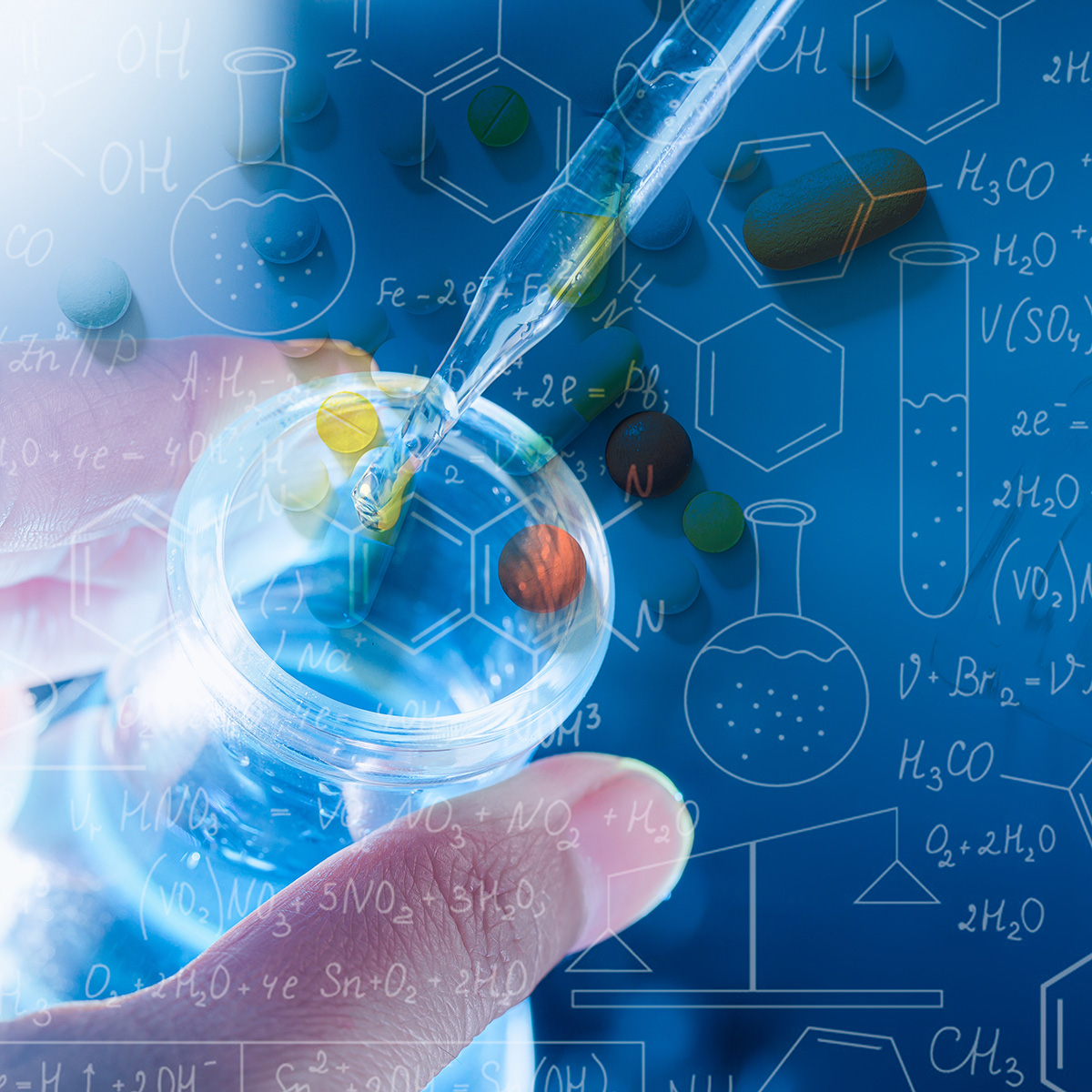The synergy between scientific research and artificial intelligence is no surprise to anyone who has been watching the rise of AI over the last few years. Both disciplines sit well together in a teach-and-learn model. Science also has vast databases that AI can learn from and test with, while science is often about solving specific problems that give the AI clear instruction as to what to do.
When applied to the automotive industry, science is used to both address challenges and make advancements and covers a broad spectrum, ranging from traditional lab experiments through to analysis of consumer behaviour and industry trends. This blog focuses on the former.
With Net zero targets in plain sight, automotive researchers are focused on areas such as the chemistry to improve fuels and lubricants, the testing of new fuel sources and the plastics and other materials used in vehicle construction. As technology develops, cutting-edge systems and data science techniques are being put to increasingly frequent use, and AI can play a large role in assisting with preparing the industry for the future.
Analysing and modelling large volumes of complex data is something that automation can do easily. Working at many times the speed of a human brain, automated software can work through hundreds of potential outcomes without the need for a single physical experiment to take place in the lab, saving not only time but money.
AI can and does help with data analysis, but scientific research is a complex, multi-faceted process requiring creative and critical thinking. Without being able to construct hypotheses and think around potential solutions, there are limitations to its capability in conducting scientific research.
A glance at some recent vehicle engineering vacancies advertised online shows that organisations are seeking people with the skills to programme the machine learning tools and build the algorithms that will power the automations, demonstrating that we are still at the early stage of adoption of these tools.
There are also significant ethical implications of using AI in scientific research, the most important one being bias. This may be introduced into the system by its programmer, or may show in results that are designed to be personalised to the user profile.
Silicon Valley is known for the saying, ‘Move fast and break things’, but more care needs to be taken when it comes to science. While solutions to global problems could potentially be discovered, they must be tested thoroughly before being released into the public domain. Of course, whether something is beneficial or harmful depends on how people use it, so anything that is released must also be closely regulated.
It is probably too early to evaluate the true potential for artificial intelligence in scientific research. Practical studies of its application remain limited, while further work is needed to understand just what AI can do for science. Although many areas of this industry can be automated, the human element is still crucial in testing, evaluation and creative solutions.






